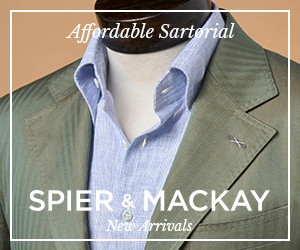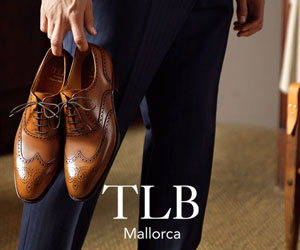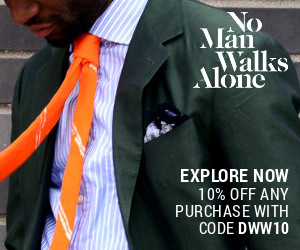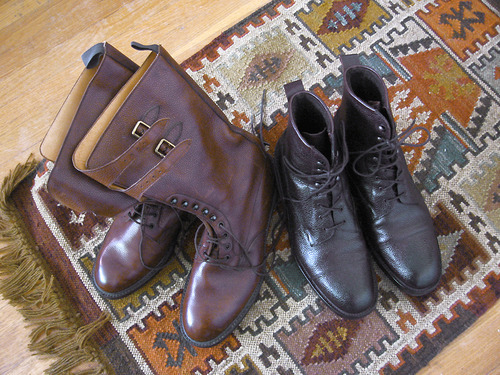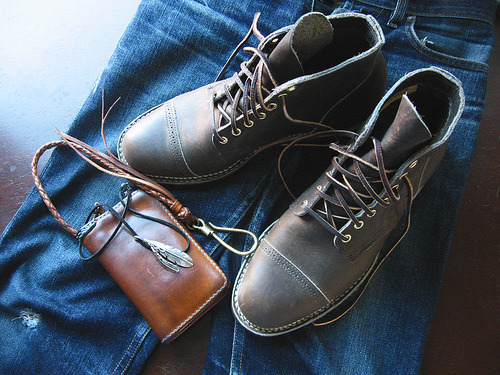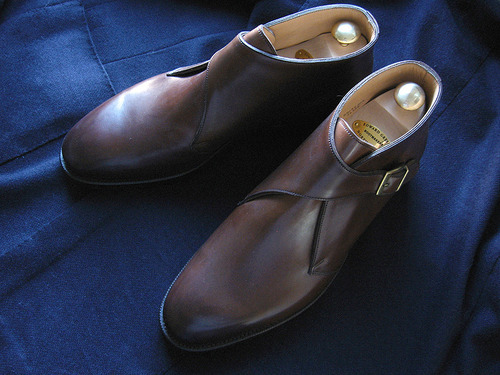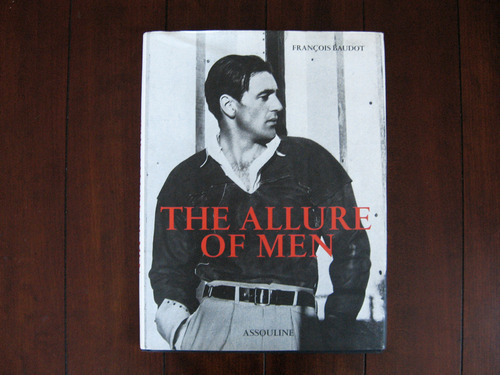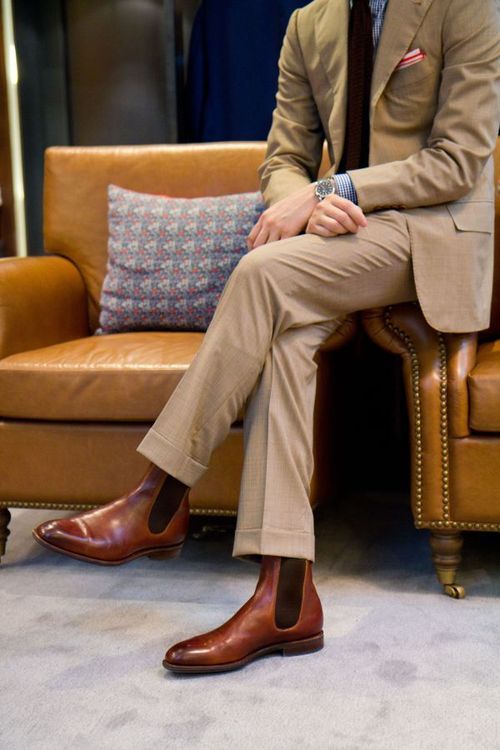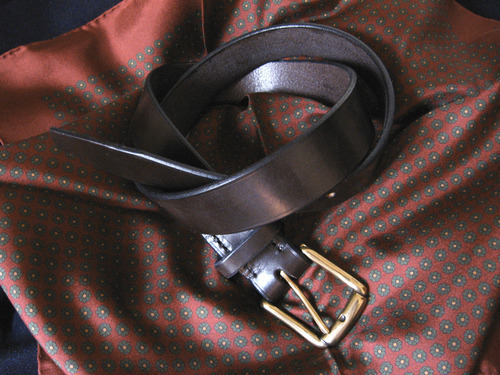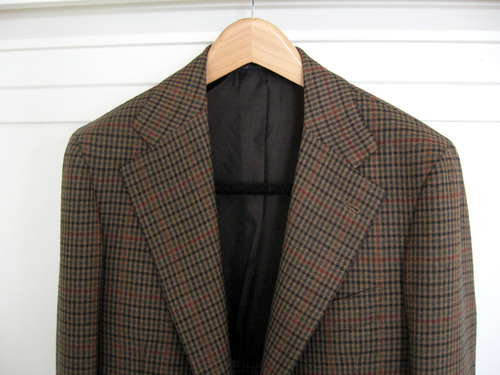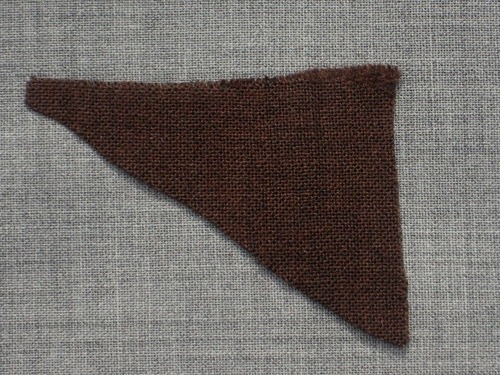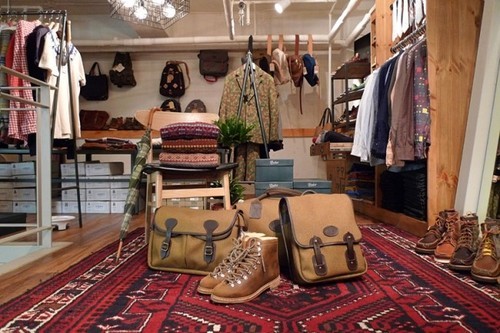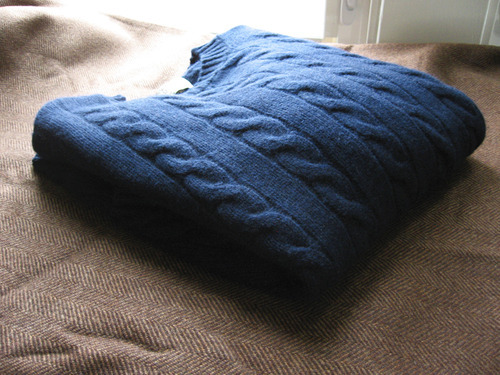
The last couple of years haven’t been kind to Scottish cashmere. The recent buyout of Barrie Knitwear and the shuttering of Caerlee Mills reminded me that I ought to get what I can before things disappear. So, last fall, I placed an order for a custom cable knit through William Lockie. This is the same as their Chirnside model - a four-ply cashmere crewneck – but made to slimmer specifications than what’s offered as stock.
The term “ply,” as many will know, refers to the number of strands twisted together to form a single yarn. An “unplied” yarn has no twist, either because it has not been spun or because it’s been made by extrusion. The greater the number of plys, the thicker the yarn. A thicker sweater will naturally be warmer, but it will also be harder to layer underneath sport coats. Generally speaking, a two-ply knit is good for wearing with tailored jackets, while something like this four-ply is better worn alone or underneath casual outerwear.
In any case, the sweater arrived last month, and I’ve been wearing it regularly. On first impression, it seems to have some of the qualities of the much fabled, old Scottish cable knits – the stuff made prior to the 1990s and said to be hardier than the sweaters produced today. Modern cashmere is often heavily milled in order to achieve a fluffy, cloud softness, but this also weakens the yarn, which is what leads to pilling. This Lockie, in contrast, is made from pure cashmere, but feels more like regular wool, much like the old stock cashmeres I once handled at Cable Car Clothiers. That is, it’s soft, but not silky, fluffy, cloud soft like the stuff you might find in an Italian luxury house.
I’ll wear it for a year and see how it fares. Lockie sells their knits through their online store Heather Wallace. The standard make only comes in five colors – blue-mix, navy, flannel grey, lovat green, and linen – but if you order something custom, you can choose any of the yarns listed in their Melrose model. If this navy cable knit holds up well after a year, I think I’ll order three more in bottle green, linen, and flannel grey. I’m hopeful this one will turn out well, for thankfully, it’s not that soft.
Keep reading

